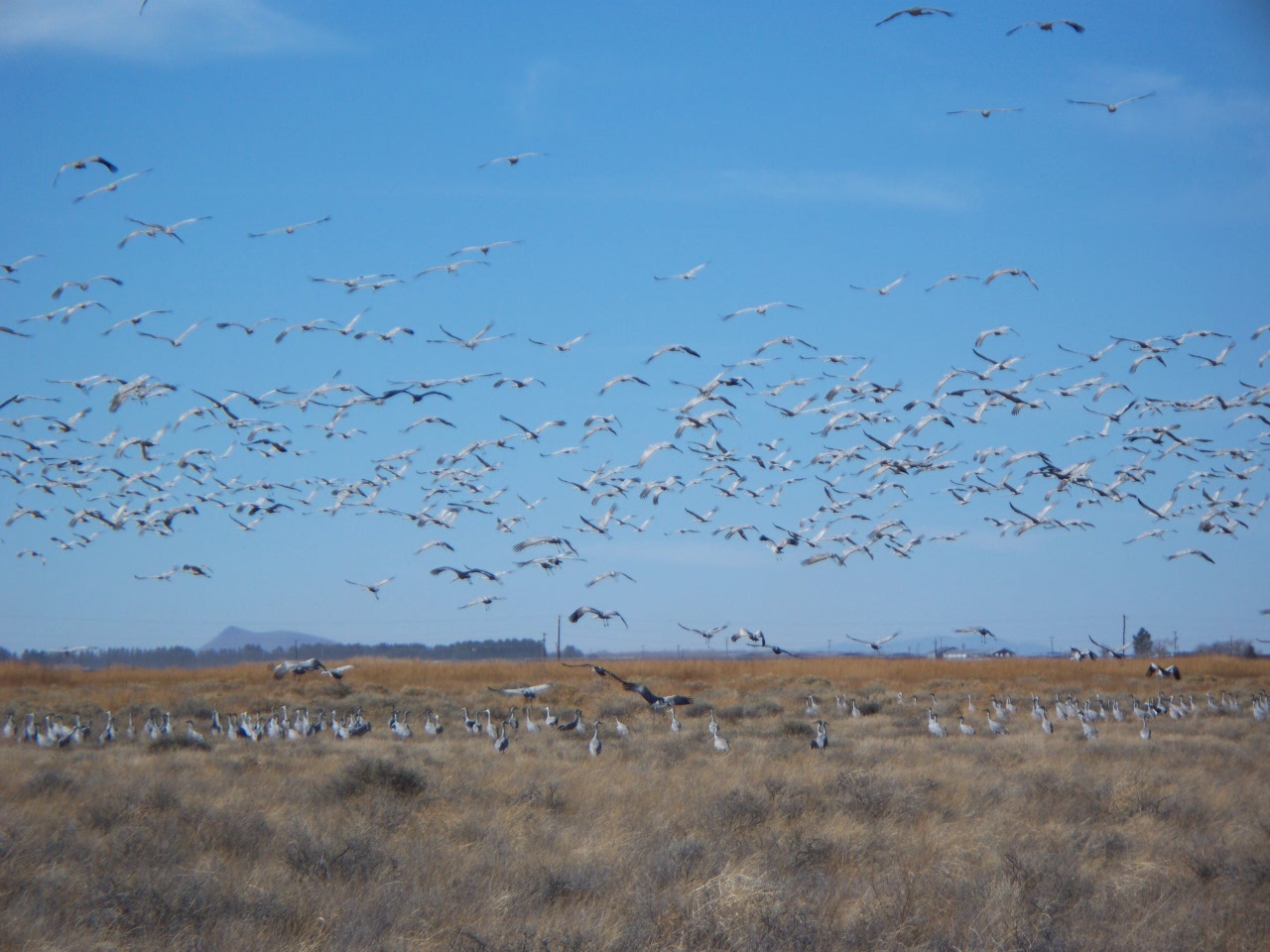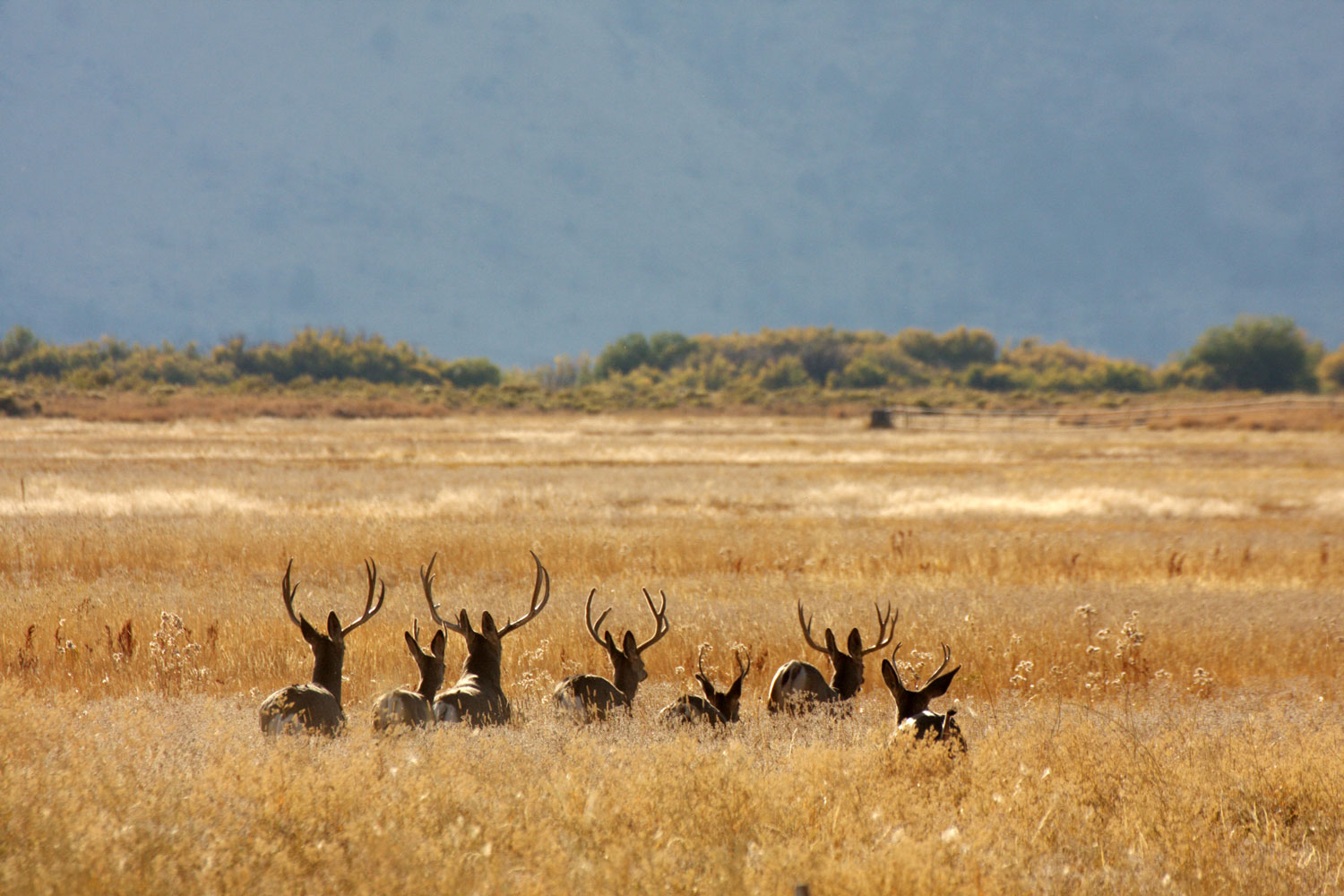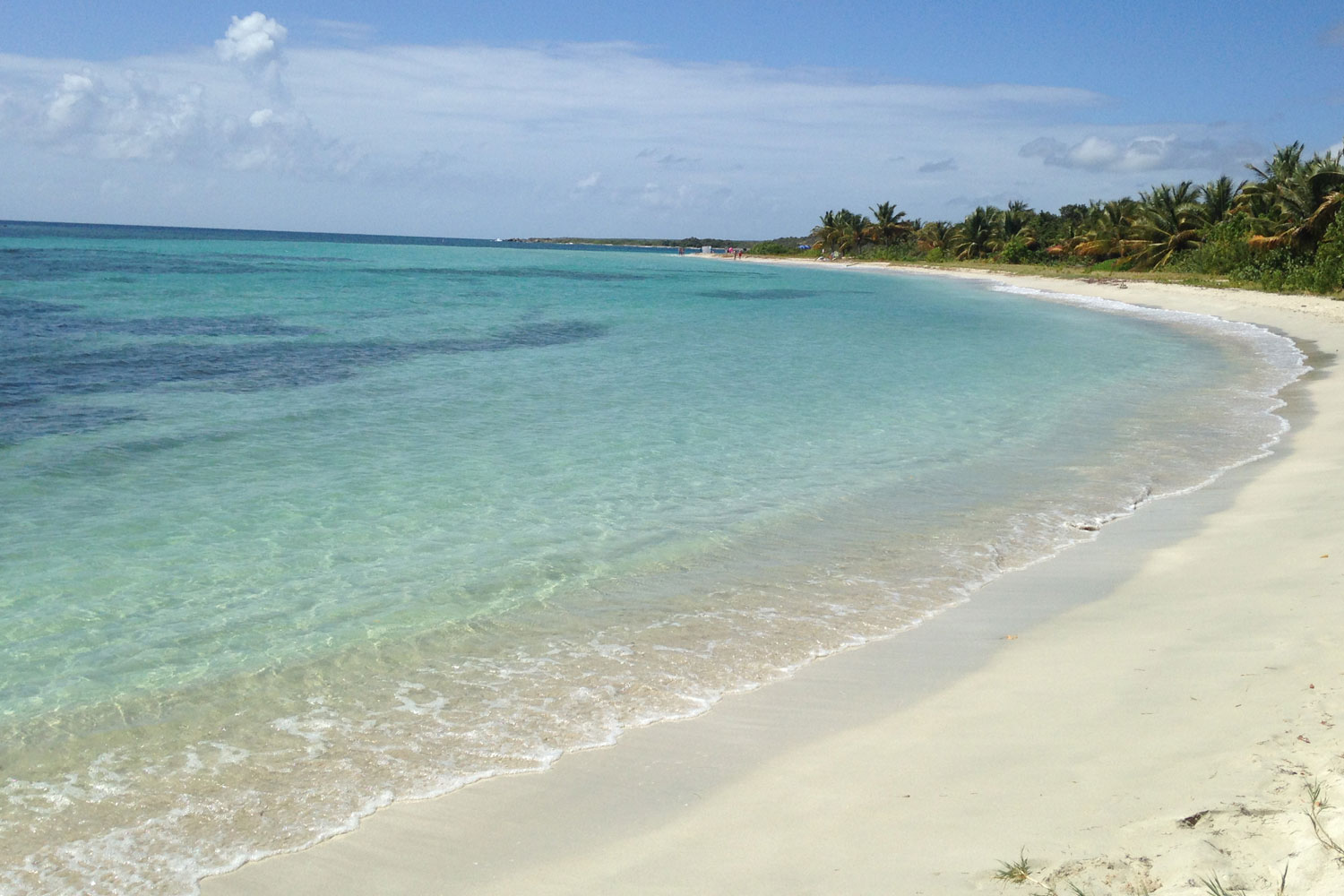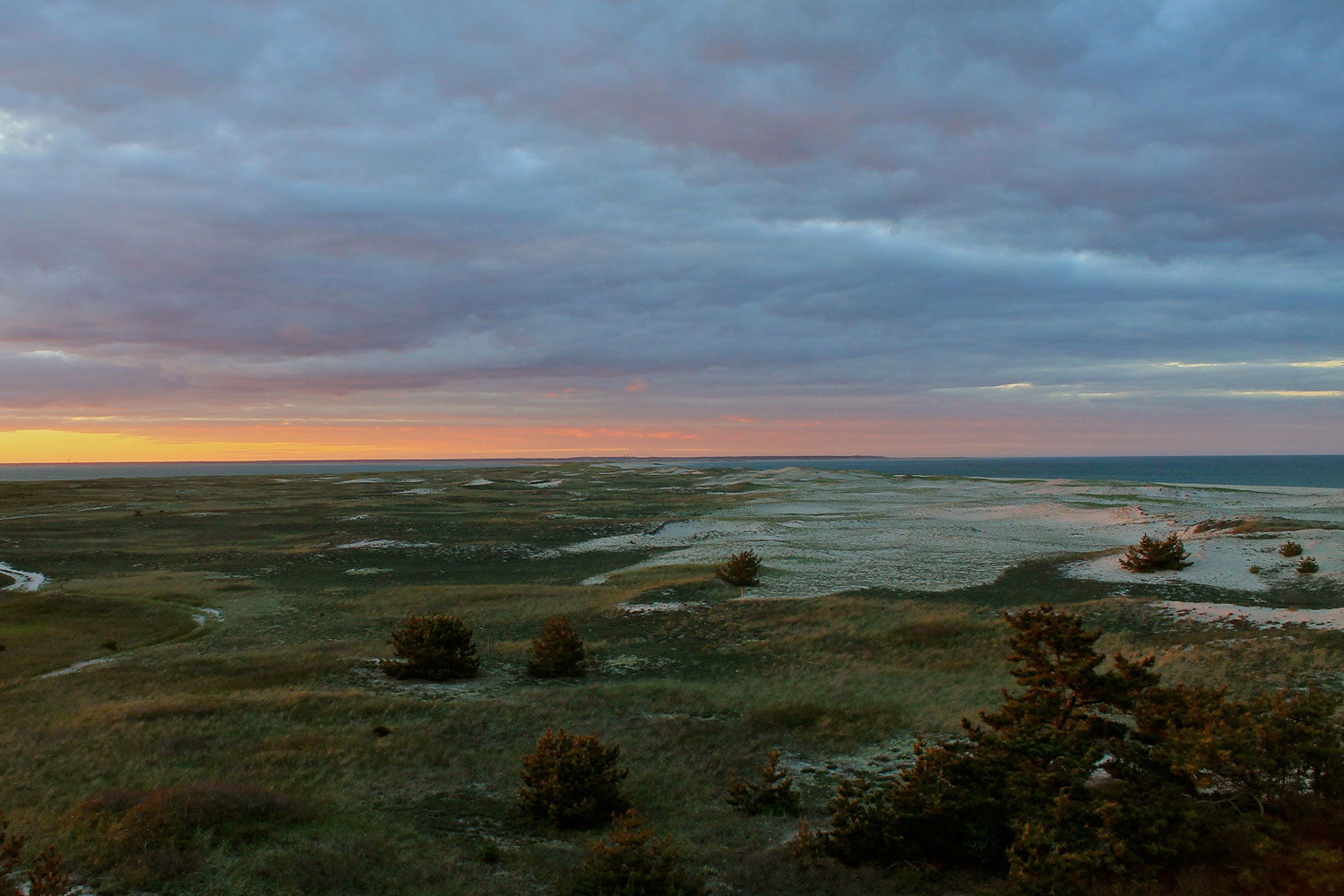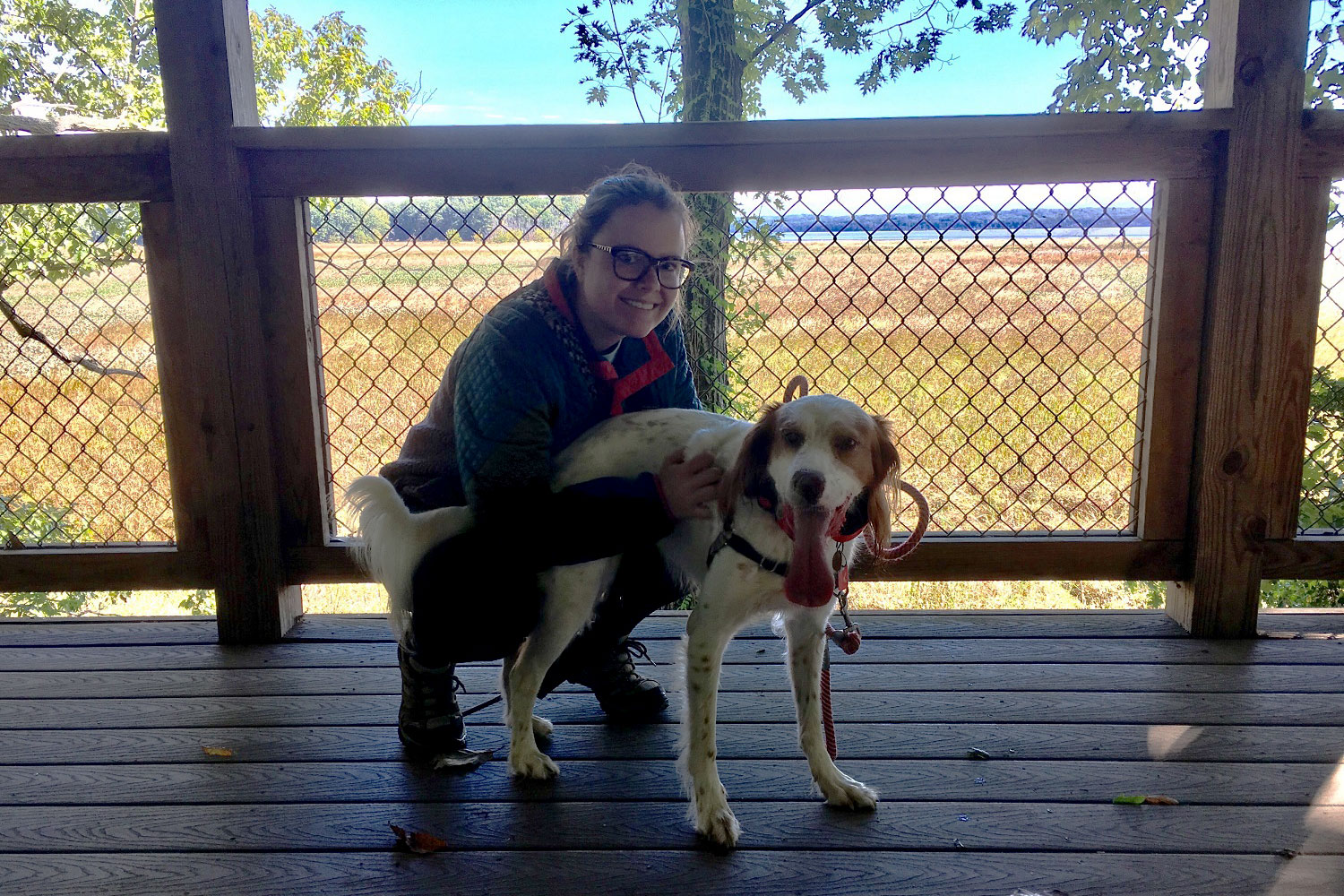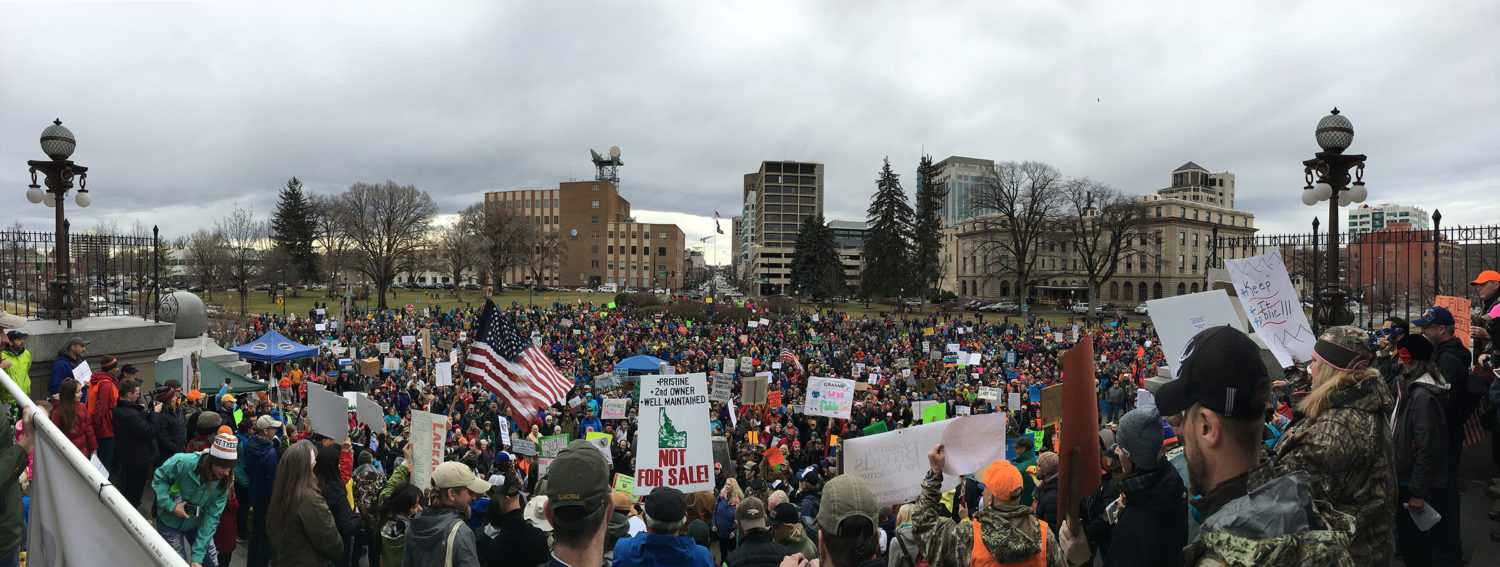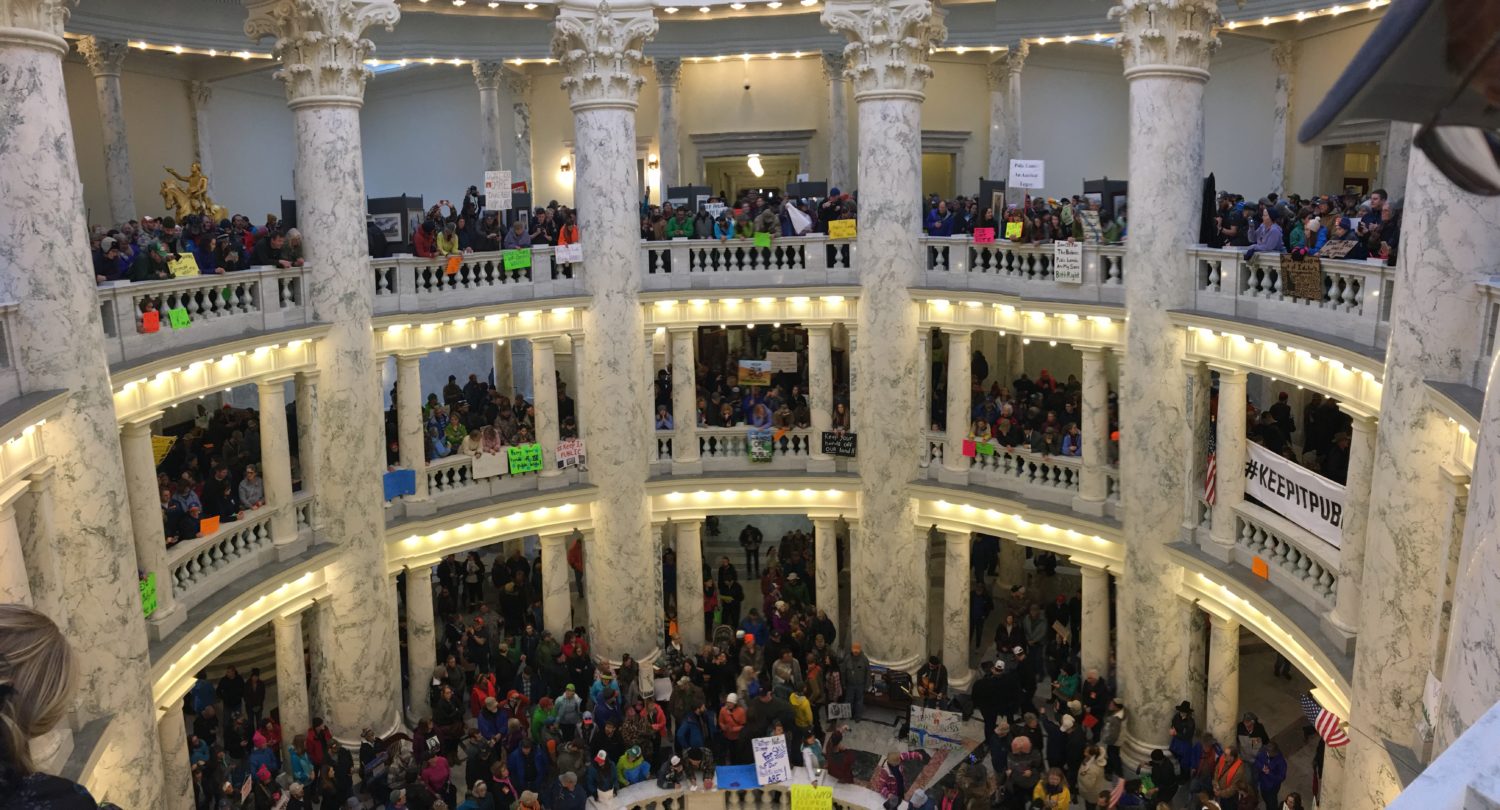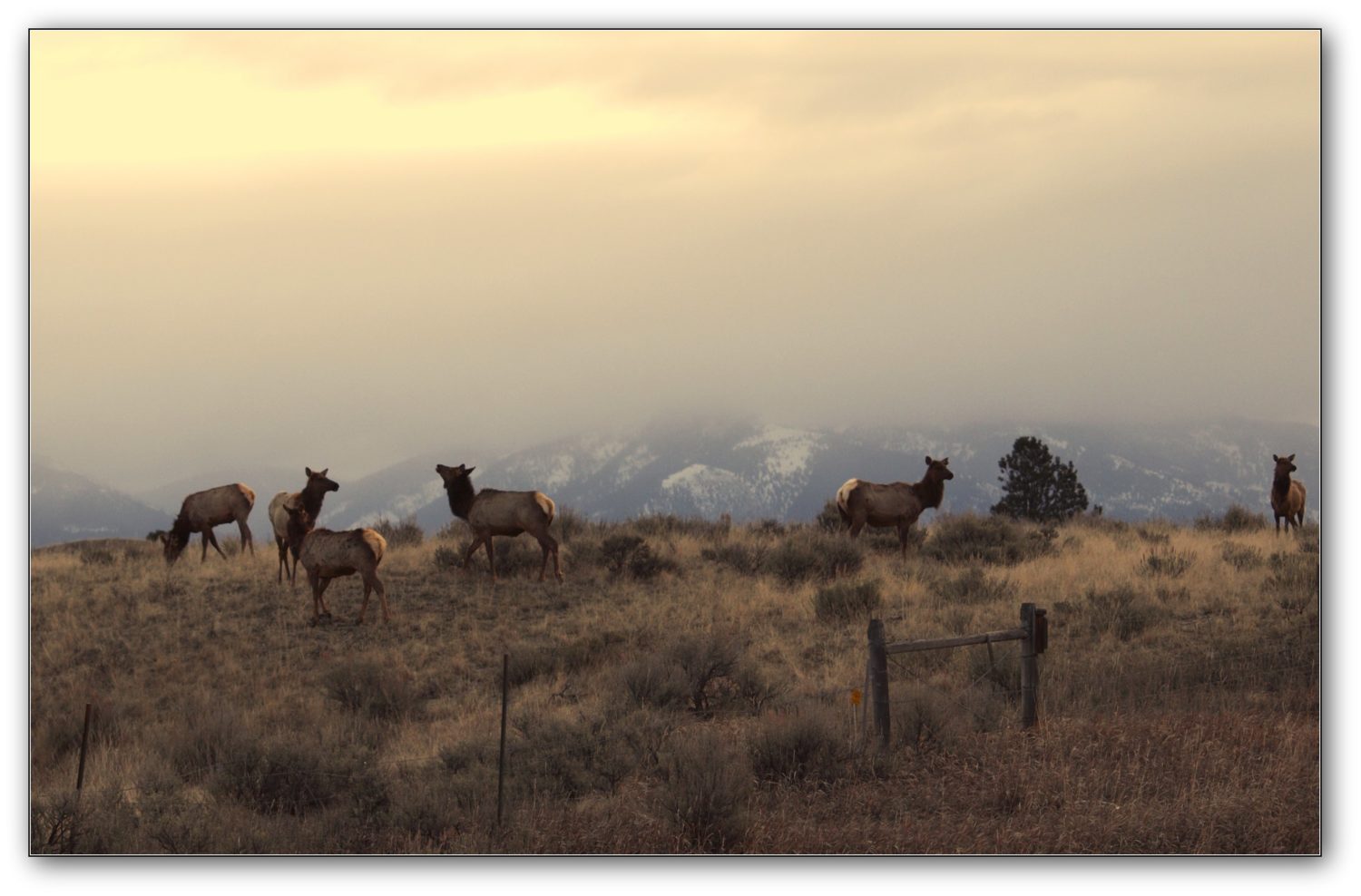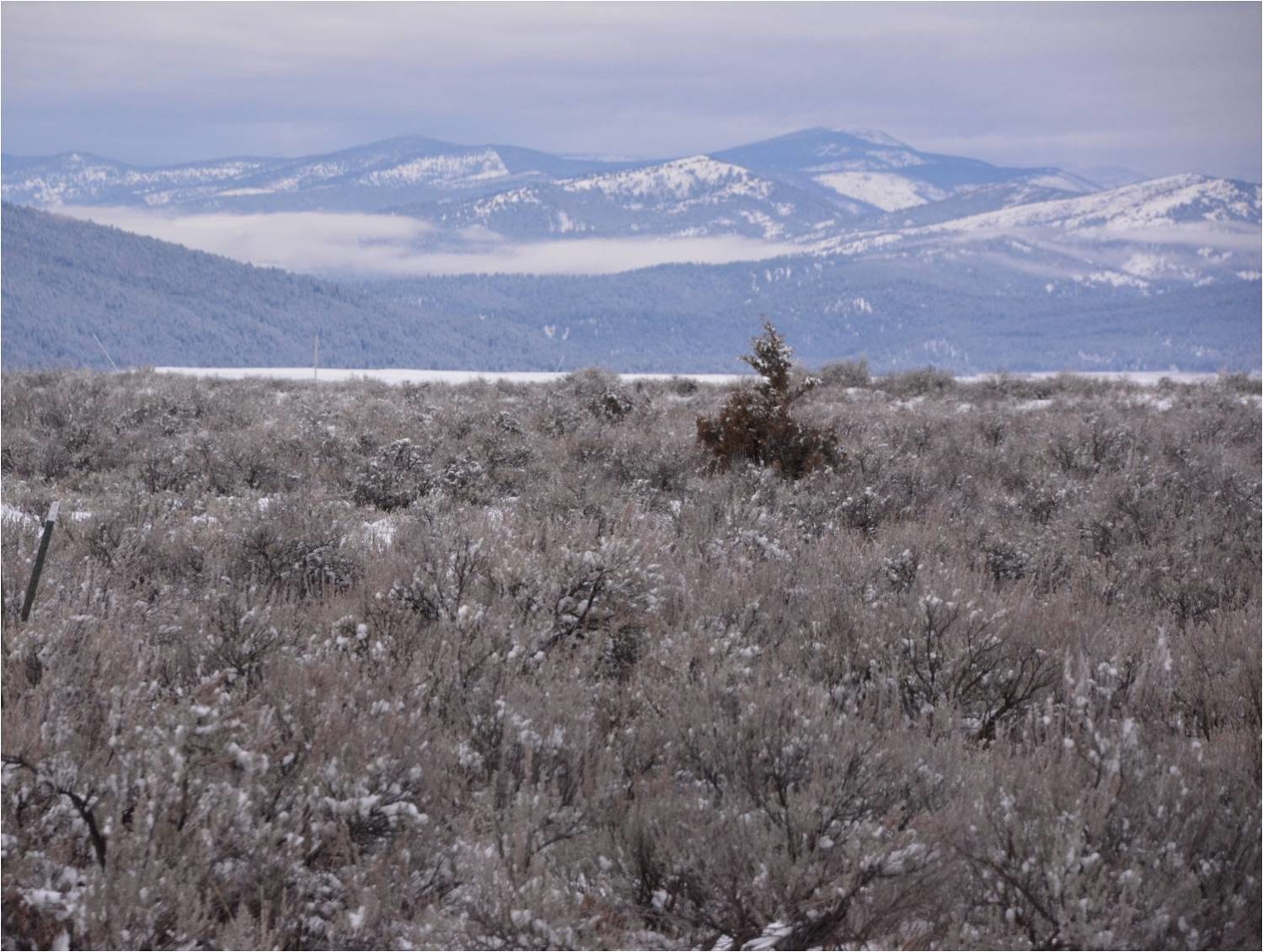A Saturday afternoon finds game species and all manner of public lands enthusiasts in a single spot in Idaho—it’s the outdoor recreation economy in action and it deserves lawmaker support
Vehicles filled the Bureau of Land Management parking lot at the North Menan Butte trailhead, forcing late-starting hikers to park on a quiet, eastern Idaho highway.
Dozens and dozens of people left their cars, strapped on daypacks, and made the short hike up the volcanic tuff cone, one of the largest in the world, to enjoy the view of the Snake River Plain and nearby towns of Idaho Falls, Rigby, and Rexburg. It’s a public lands treasure that is largely overshadowed by other popular public access points nearby, such as the South Fork of the Snake River and St. Anthony Sand Dunes, well-known destinations for anglers and off-road vehicle riders, respectively. But families, fitness fanatics, and photographers in need of a bit of nature this Saturday flocked to North Menan Butte because of its proximity to civilization and its well-marked trails.
Across the highway, dozens of trail riders unloaded their vehicles and set off on a network of public roads that stretch for miles into Idaho’s sagebrush desert. Families and friends slouched on bumpers, their entire bodies telling the story of the day’s ride.
Just to the south of the twin trailheads is Deer Parks Wildlife Management Area, a 2,550-acre wetland complex managed by the Idaho Department of Fish and Game and a key migration stopover for dozens of bird species. It’s also home to moose, turkeys, and the whitetail deer that local hunters hope to find on public lands this fall.
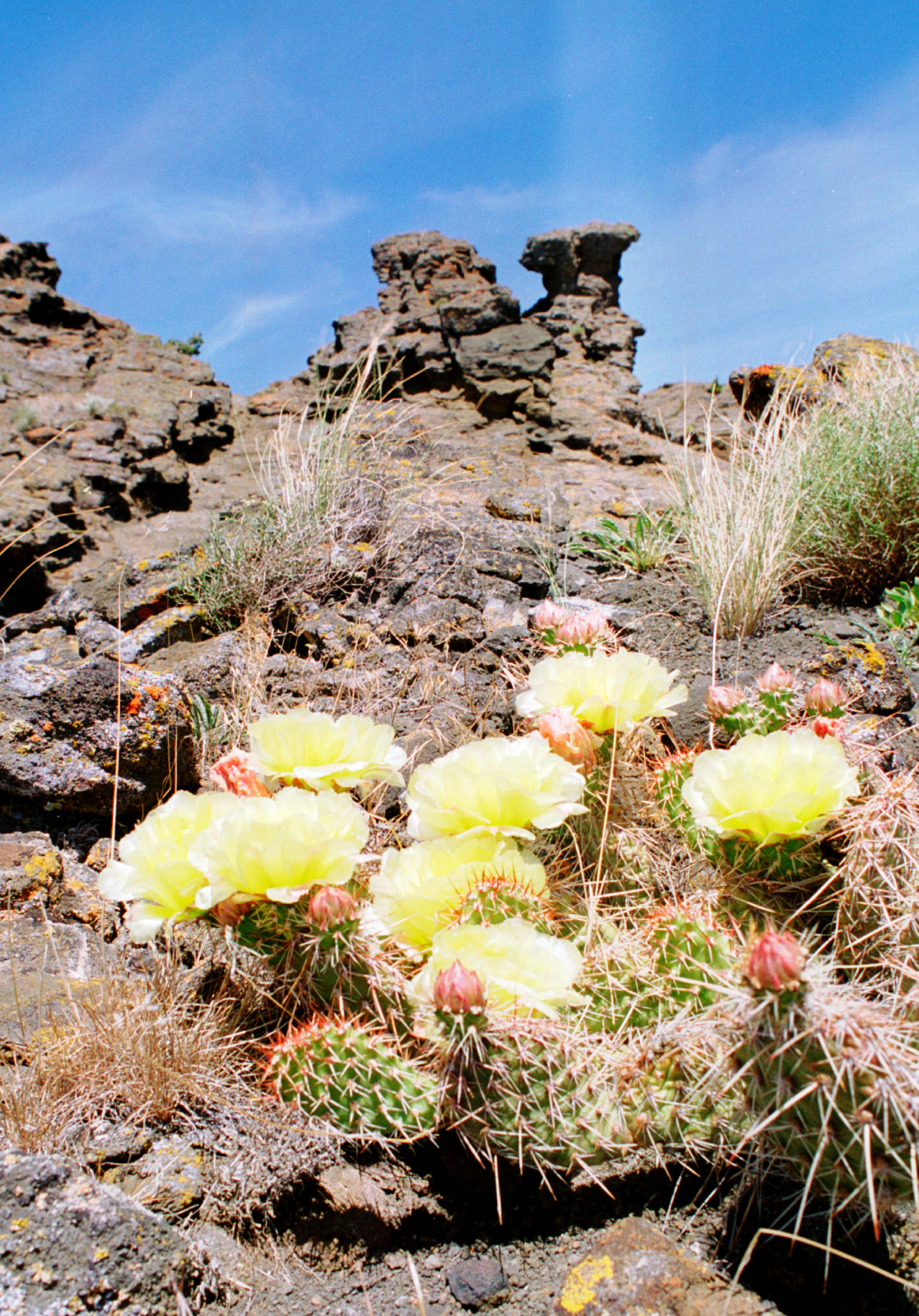
It is here, at this non-descript intersection in Idaho, that the importance of America’s public lands is perfectly exemplified. It is where we have the freedom to get outside and explore, no matter our outdoor pursuits. It showcases the balance of different user groups seeking different experiences, yet fueling a thriving, renewable economy. And it is where public ground is also set aside for wildlife, with benefits for migrating birds and resident critters alike.
The intersection’s anonymity, its quiet and even overlooked charm, is the heart of the story that must be told if we want to keep public lands in public hands.
A snapshot from this Saturday in Idaho shows the power of the $646 billion outdoor economy. Click To TweetA snapshot from this Saturday shows the power of the outdoor economy. The bikes, binoculars, and hiking gear are part of a self-sustaining economic engine that generates $646 billion annually. Its foundation is 640 million acres of public land nationwide.
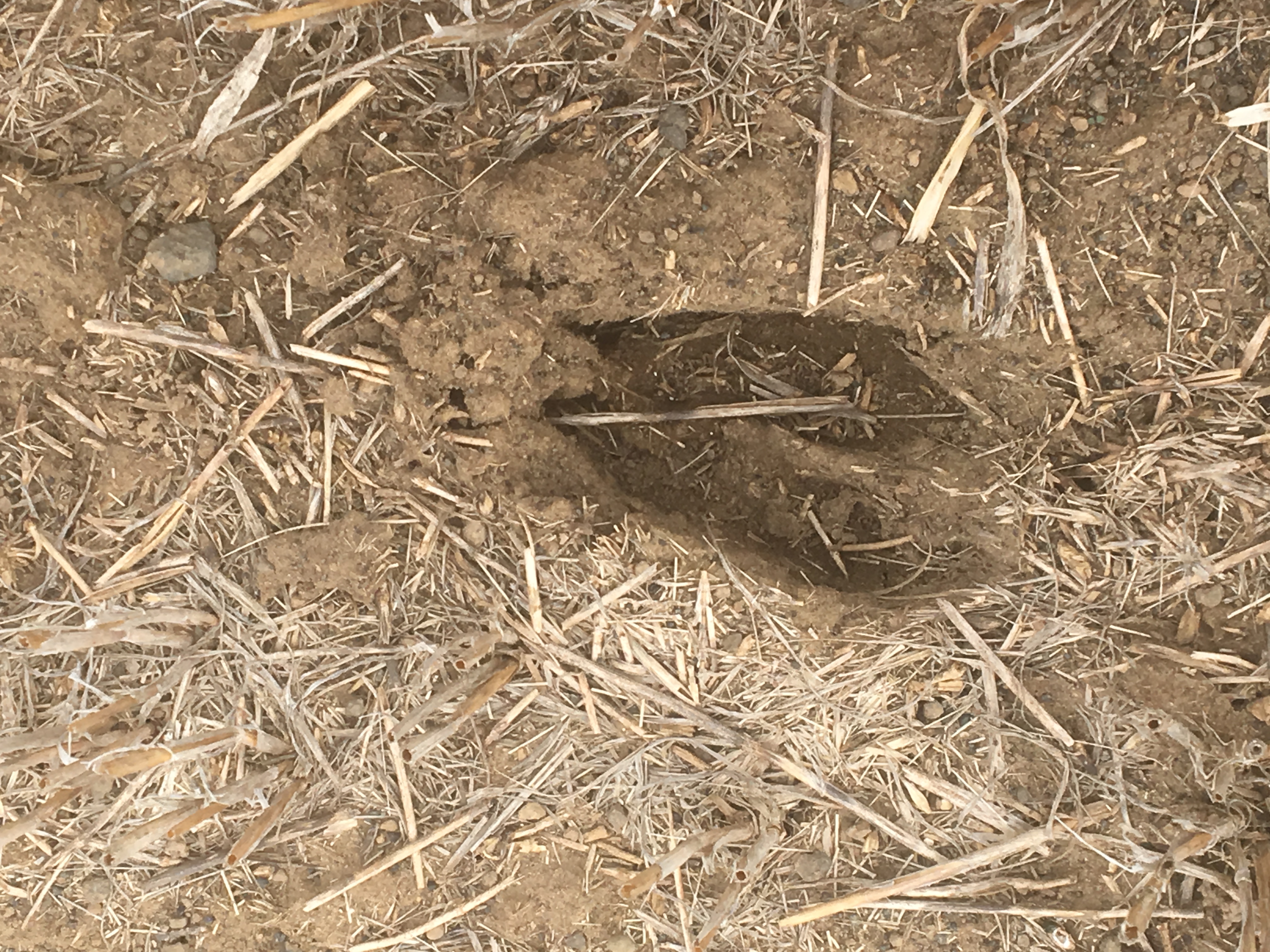
With the understanding that public lands help generate commerce in local communities, it is incumbent on all outdoor users to join together and trumpet the outdoors as a viable economic engine. Our voices—and our dollars—give us a political power that outdoor enthusiasts have rarely enjoyed.
Imagine the return on investment on public lands if we urged elected officials to actively fund more projects to benefit access and outdoor recreation. Imagine the benefits to habitat and all species if more money was spent to bolster their infrastructure.
For now, the intersection is quietly working. It welcomes hikers, bikers, birdwatchers, OHV riders, ducks, turkeys, a couple on horses, and family after family looking for a respite in nature.
To protect America’s public lands legacy for them, and for all the outdoorsmen and women parked on quiet country roads across the nation, go to sportsmensaccess.org.

